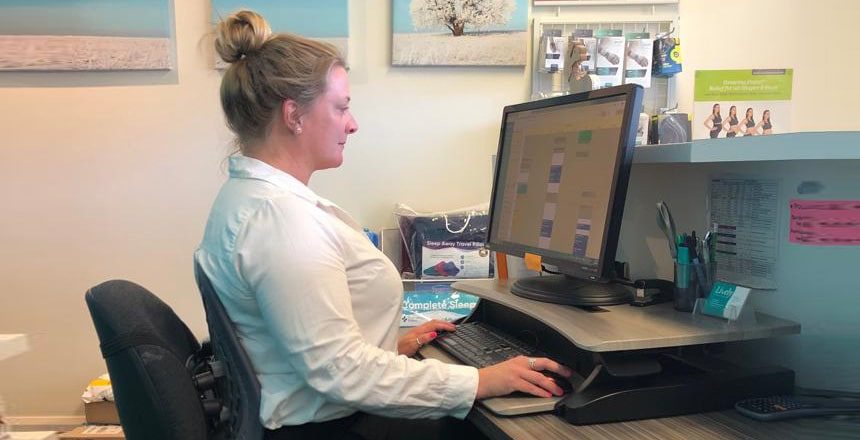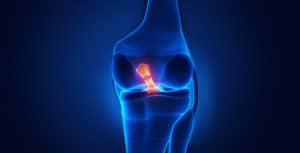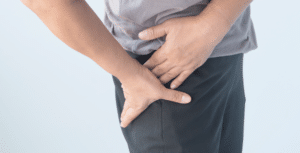As lots of you are working from home or having to study at home now, finding the write ergonomic setup can be tricky. For some of you it’s been work from home for 3-4 weeks now. Have you noticed an increase in neck and shoulder tension? We have included a few steps to check off to ensure you have optimal setup for your work station.
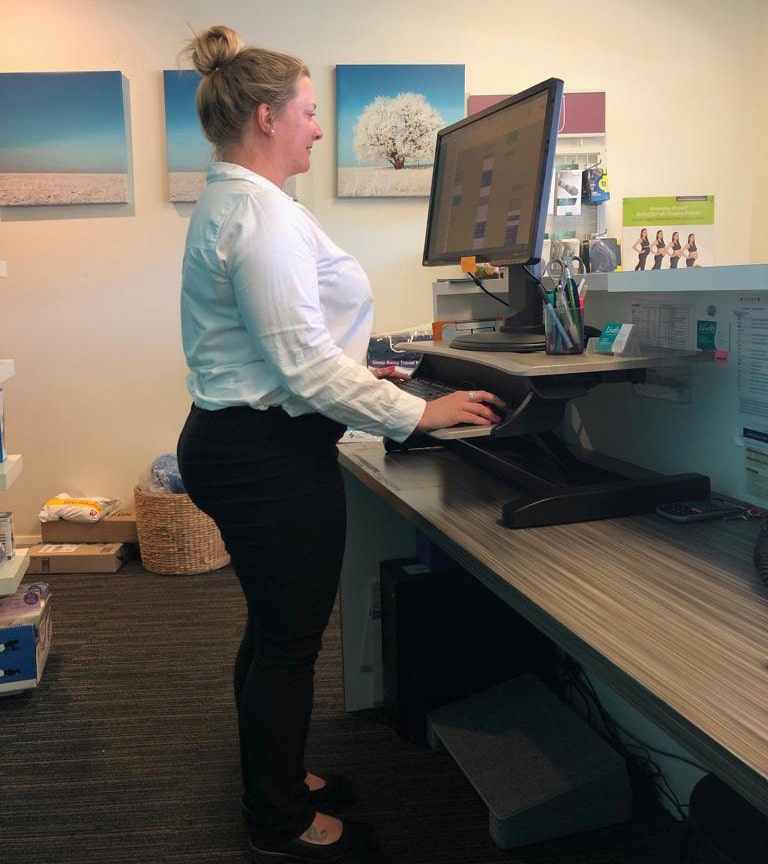
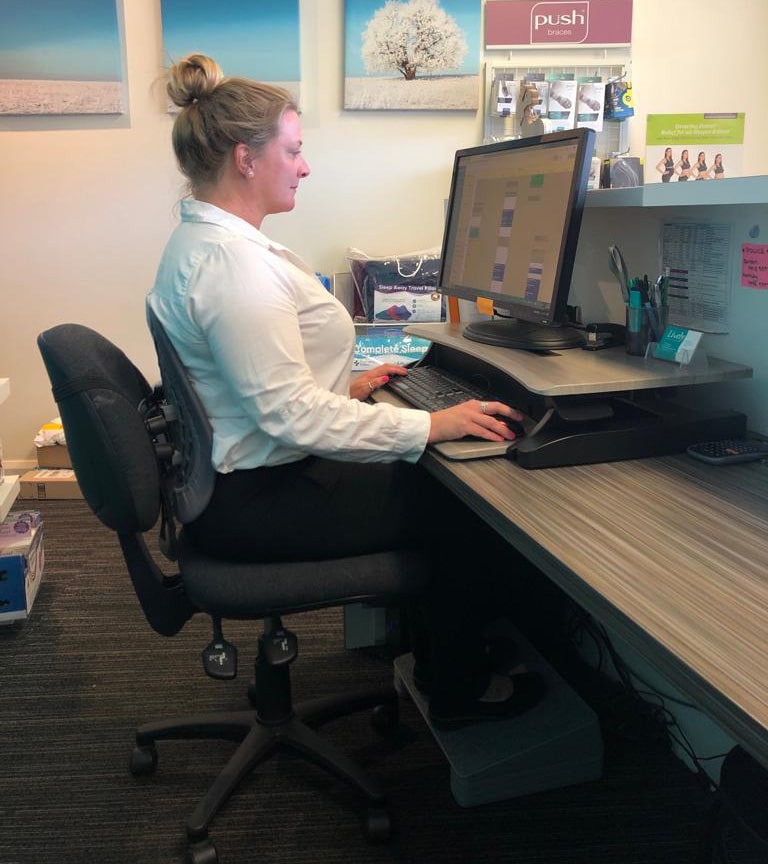
Chair Seat: Sit back into chair – length of thighs should be supported (3 finger gap between back of knee and front of chair). Back of chair should be horizontal or slightly tipped forward. Plastic floor mats should not be used.
Chair Backrest: The backrest of your chair should be set so that lumbar support matches curve of lower back, angled at 90° – 100° to seat. Arm rests should not prevent close access to the desk – it is generally recommended to remove arm rests.
Screen: The toolbar on the monitor should be at or slightly below the line of sight whilst looking directly ahead. Screen should be about arms length distance when seated. This may vary depending on screen size and person’s vision. If you are using a laptop, prop it up using books or something flat and sturdy.
Keyboard: The keyboard should be positioned flat and close to the edge of the desk and aligned with the computer screen. Centre the keyboard to your chest using the GH keys for letter-key work and reposition keyboard for number-key work or other desktop work. You can buy wireless keyboard if using a laptop.
Mouse: Position the mouse so that it is as close to the keyboard as possible and aligned with your keyboard. A mouse pad is recommended. If using a laptop a separate mouse should be used. You can buy a wireless mouse if you are using a laptop
Lighting and noise: Avoid glare and reflections. Minimise distracting and loud noise.
Positioning items: Keep any items that you use regularly close by so they can be reached without stretching. Use document holder if frequently referring to paperwork when typing. Keep tasks in midline i.e. directly in front of you. Side desk drawers should be positioned on the dominant side of your desk (i.e., right handed people should have drawers on the right side of their desk).
Telephone: Telephone should be positioned within arm reach on dominant side next to monitor. Avoid cradling the phone between neck and shoulder. Consider use of a headset to reduce neck and shoulder tension if frequent telephone use is required or alternatively, low-volume speaker phone use.
Breaks: Rotate tasks frequently, take micro pauses, sit to stand, rest eyes by looking away from the monitor screen. Every 45minutes stand up and walk around, collect items from printer, perform basic stretching
If you are unsure, you can give us a call and we can do an online assessment for you via tele-health.

